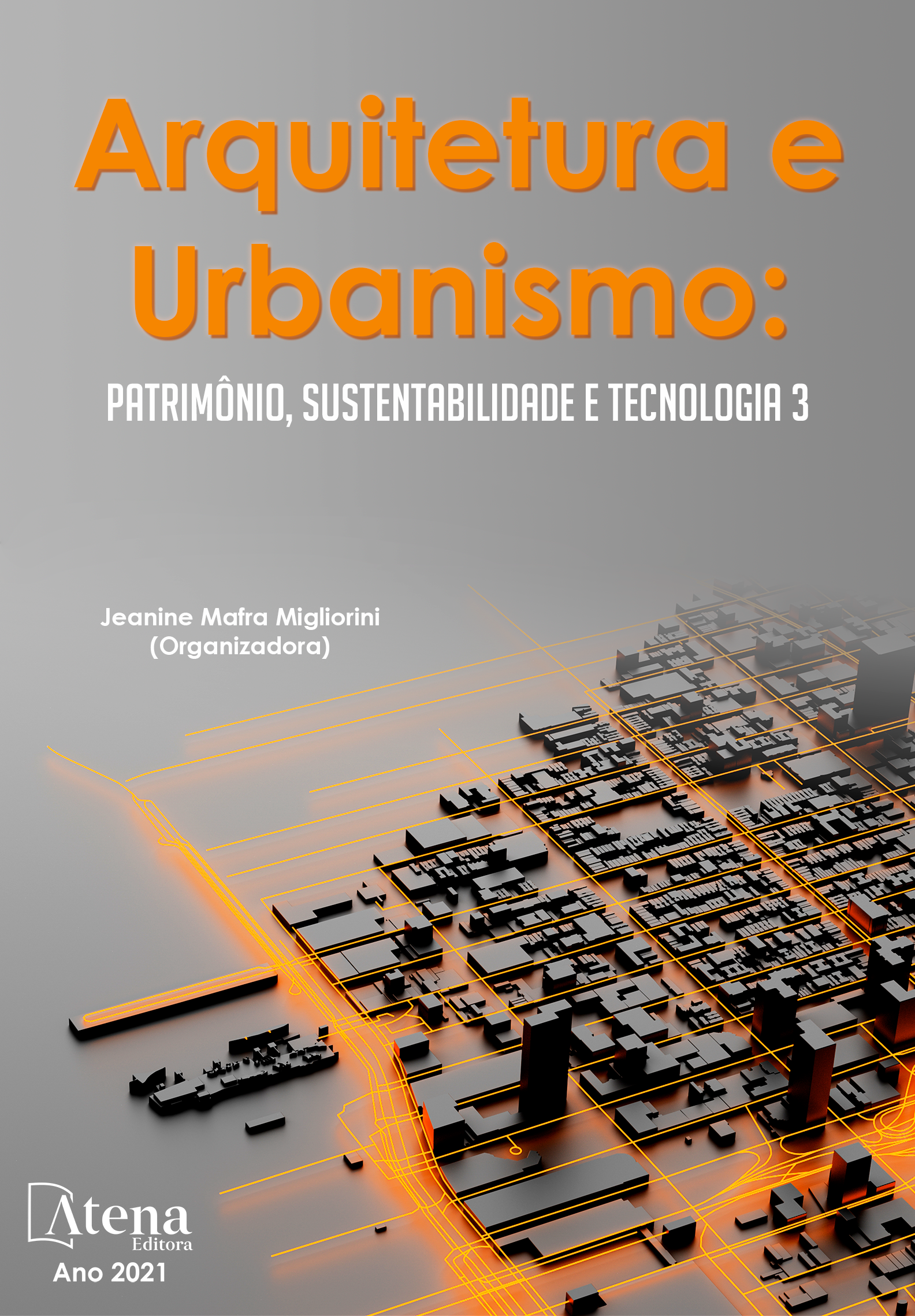
ANALYSIS OF ENERGY EFFICIENCY AND THERMAL COMFORT IN PUBLIC BUILDINGS
A preocupação com o desempenho das edificações, seja pelo cumprimento de normas técnicas, seja, mais recentemente, pela implementação de medidas que promovam o conforto proporcionado aos usuários, fez com que se desenvolvesse o interesse em estudar a influência dos parâmetros construtivos e ambientais. Neste sentido, a análise de ambientes, ainda que implantados com as mesmas técnicas, mas com divergências em relação ao modo de ocupação dos usuários, bem como fatores externos, se faz relevante para a busca de novas soluções nas edificações que vão ao encontro das necessidades atuais e futuras de sustentabilidade e eficiência. Essa análise de ambientes pauta um dos objetivos deste artigo, que visa analisar em diversos aspectos a eficiência energética de duas edificações públicas universitárias, em consonância com o Regulamento Técnico da Qualidade para o Nível de Eficiência Energética de Edificações Comerciais e Públicas (RTQ-C - 2017). Além disso, este estudo tem como objetivo analisar o desempenho térmico de duas salas da FEM (Faculdade de Engenharia Mecânica) da Unicamp, com orientações opostas, considerando a percepção dos usuários. O emprego de metodologia que permitisse a obtenção de maior quantidade de resultados plausíveis para o estudo se mostrou competente dentro das limitações existentes, uma vez que dependeu da confiabilidade das respostas fornecidas pelos ocupantes dos ambientes, bem como das leituras de dados dos equipamentos alocados para a avaliação. Os resultados obtidos através das análises gráficas e dos questionários aplicados evidenciam que a presença de equipamentos de melhor tecnologia, bem como os fatores externos como radiação solar incidente na edificação, associado às preferências térmicas dos usuários são fatores flutuantes e que o ponto de junção entre eles recai sobre a tipologia do ambiente construído, que pode atenuar a insuficiência dos demais parâmetros.
ANALYSIS OF ENERGY EFFICIENCY AND THERMAL COMFORT IN PUBLIC BUILDINGS
-
DOI: https://doi.org/10.22533/at.ed.1222116071
-
Palavras-chave: etiquetagem de edificação, variáveis ambientais, conforto térmico
-
Keywords: edification labelling, environmental parameters, thermal comfort
-
Abstract:
The concern with the performance of the buildings, whether by the fulfillment of technical norms, or, more recently, by the implementation of measures that promote the comfort provided to the users, enhanced the interest in studying the influence of the constructive and environmental parameters. In this sense, the analysis of built environments, even with the same constructive techniques, but with divergences in relation to the users’ occupation, as well as to external factors, becomes relevant for the search of new solutions that meet the current and future needs of sustainability and efficiency for the buildings. This analysis is one of the objectives of this article, which aims to study in several aspects the energy efficiency of two public university buildings, in accordance with the Technical Regulation of Quality for the Energy Efficiency Level of Commercial and Public Buildings (RTQ-C - 2017). In addition, this study has the objective of analyzing the thermal performance of two rooms of the FEM (Faculty of Mechanical Engineering) of the University of Campinas, with opposite orientations, considering the perception of the users. The proposed methodology allows obtaining more plausible results for the study in concordance with the existing limitations, since it depends on the reliability of the answers provided by the occupants of the environments, as well as the data readings of the equipment allocated for the evaluation. Results were obtained through graphical analysis. The applied questionnaires show that the presence of better technology equipment, as well as external factors such as incident solar radiation on the building, associated to thermal preferences of users are floating factors and that the joint point relies on the typology of the built environment, which can attenuate the inefficiency of the other parameters.
-
Número de páginas: 15
- Adriana Petito de Almeida Silva Castro
- Lucila Chebel Labaki
- Camila de Freitas Albertin
- Elisabeti Barbosa


